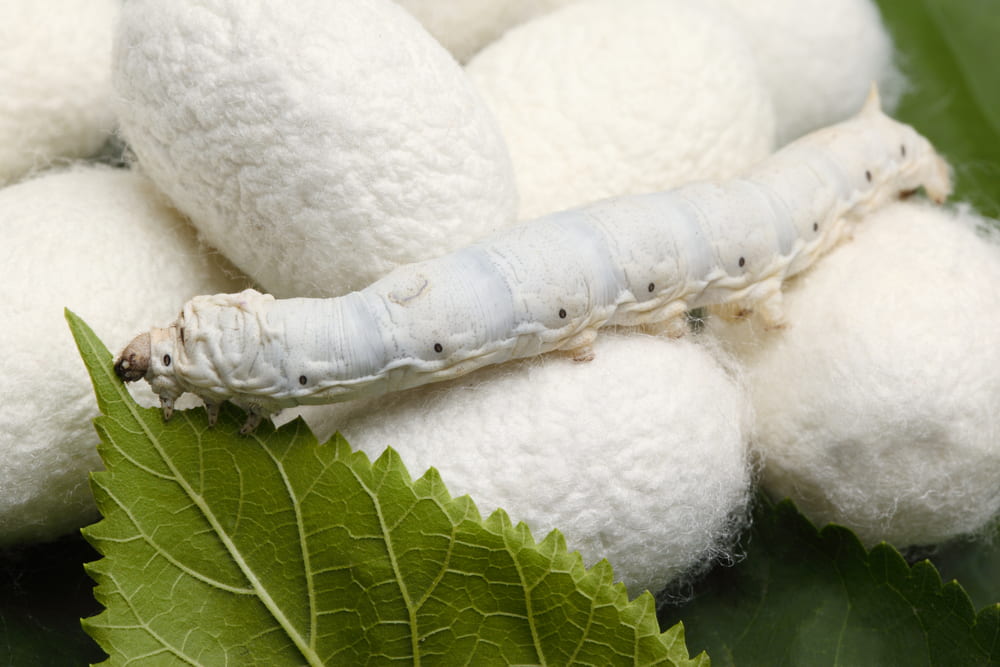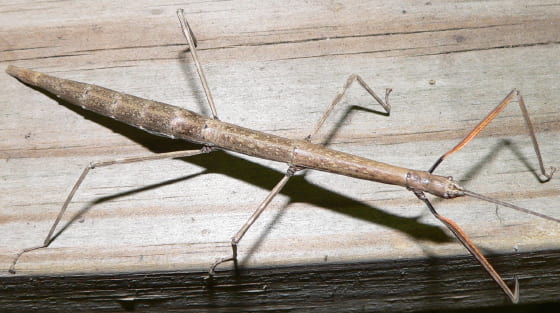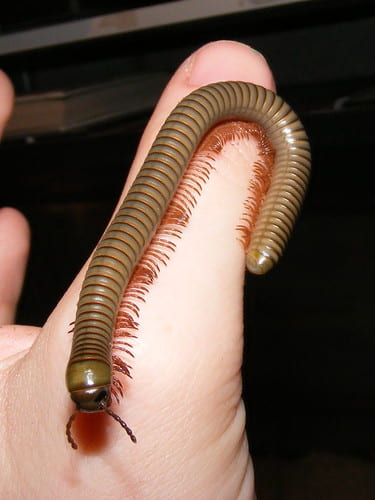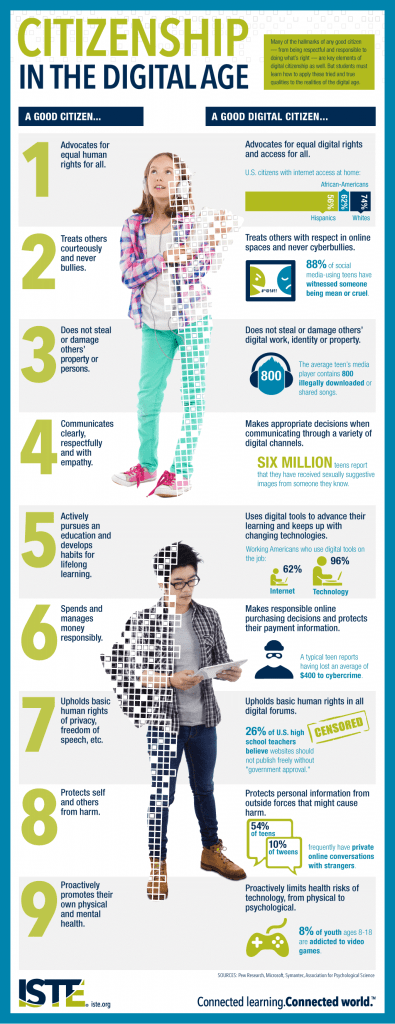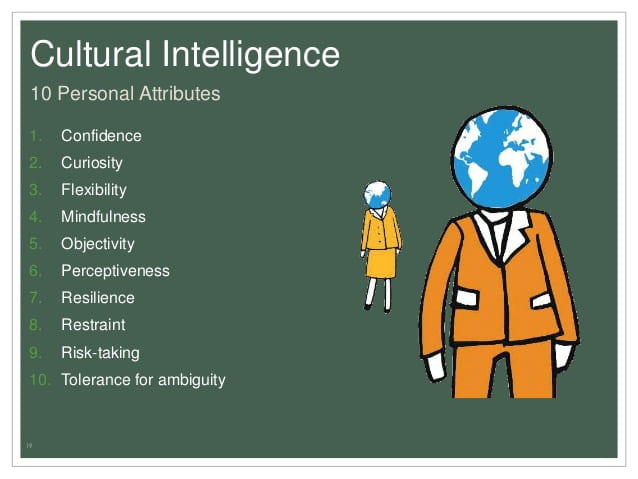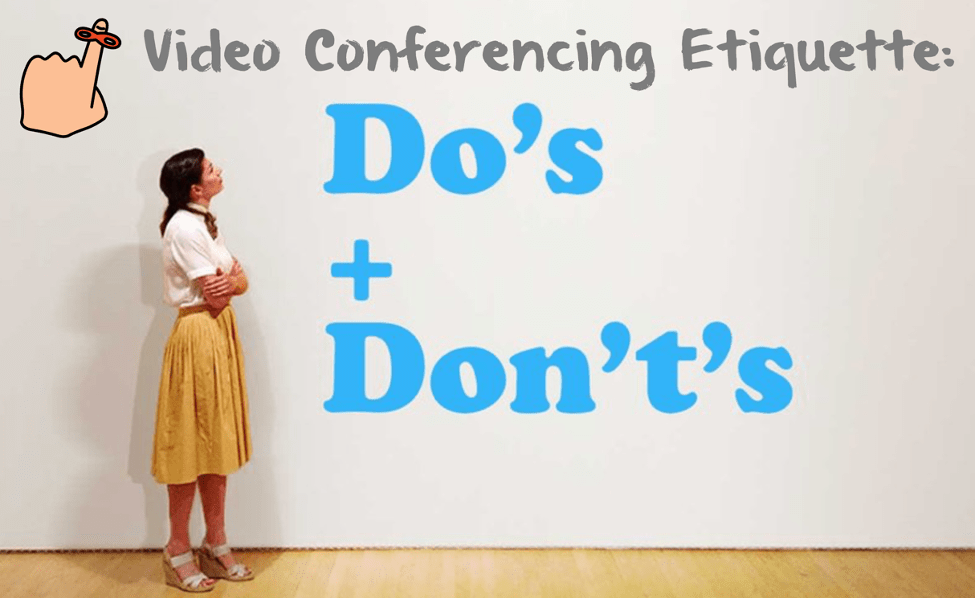By: Meghan Thoreau, OSU Extension Educator, Community Development & STEM, Pickaway County
Access the Red Planet: learning about Mars Missions presentation here.
Students learned about the Red Planet and the history of Mars exploration that date back to the early 1960s. We saw the first close-up photographs of Mars lunar-type impact craters in 1964 from NASA’s Mariner 4 and started studying its solar winds. Six decades later we are witnessing another phase of global exploration of Mars. Last July 2020 approximately 7 months ago three spacecraft launched to Mars.
Why did they all launch around the same time?
Launches to Mars are best attempted every 26-months when our two planets align in their orbits for the shortest trip.
February’s Mars Missions
The first mission to reach Mars was the United Arab Emirates (UAE) Hope Mission. The country has never launched a mission beyond Earth’s orbit before and hopes to drive a new economy around science and not oil. Hope’s pro entered Mars’ orbit on February 9, 2021, and will stay in orbit between 12,430 and 26,700 miles above the surface, completing a revolution of Mars once every 55-hours studying the atmosphere of Mars and the AMrtian weather.

UAE photo source: https://www.forbes.com/sites/jonathanocallaghan/2020/07/13/the-united-arab-emirates-is-about-to-launch-its-first-ever-mission-to-mars/?sh=15af8fbd3a60
The second interplanetary mission to reach Mars came from China’s Tianwen-1 (Heavenly Questions) robotic spacecraft consisting of an orbiter, deployable camera, lander, and rover. The spacecraft entered Mars’ orbit on February 10, 2021. China may become the third nation to reach the surface of Mars! The science objectives its mission hopes to achieve:
- create a geological map of Mars
- explore the characteristics of the soil and potentially locate water-ice deposits
- analyze the surface material composition
- investigate the atmosphere and climate at the surface
- understand the electromagnetic and gravitational fields of the planet

Photo sources: https://www.cnet.com/news/chinas-tianwen-1-mars-mission-is-arriving-at-the-red-planet-what-you-need-to-know/ and https://www.cnet.com/news/chinas-tianwen-1-mars-mission-is-arriving-at-the-red-planet-what-you-need-to-know/
The NASA Mars 2020 Perseverance Rover landed in Jezero Crater on Mars on February 18, 2021, and will search for signs of ancient microbial life, which will advance NASA’s quest to explore the past habitability of Mars. The rover has a drill to collect core samples of Martian rock and soil, then store them in sealed tubes for pickup by a future mission that would ferry them back to Earth for detailed analysis.
Perseverance will also test technologies to help pave the way for future human exploration of Mars, including deploying the first Mars helicopter, Ingenuity, a technology demonstration to test the first powered flight on Mars.
Earth Benefits from Space Exploration
Private companies and government space programs are shaping the future of space exploration. The research and engineering effects going into these missions have a direct benefit to Earth as many of the technologies and uses can also be applied here on Earth. Read this Culture Trip article, The Earthly Benefits of a Mission to Mars, to learn more.
Hands-on Virtual Mars Base Camp Challenges
Each club member received Mars Base Camp Kit and together we explored Mars challenges together virtually through Zoom. The Landing Zone Surveyor challenge allows youth to discover features on the surface of Mars that are important, selecting a safe landing site, learning about the Martian landscape, and determine where to set up a future base camp.
NASA lives and breaths the engineering design process. There have been over a dozen surface landing attempts to land on the surface of Mars, but with each attempt, a learning process occurs through the successes, failures, and re-engineering for future space missions.
Together we all dropped parachutes onto a grided Mars surface. This involved some skills and unknown variables in the parachute deployment. There were several possible outcomes, some failures, and some successful rover landings.
Together we identifying the different landing sites both visually through photographs and imagery. We shared reading out loud the associated landing site cards and gained a better understanding of the varied Martian landscape. We learned a lot of essential geography terms, such as channel, dune, fault, ice cap, impact crater, lander, lava flow, orbiter, remote sensing, rover, and volcano, and learned how they compared to the geography of Earth.
The second Mars challenged we tackled was the Red Planet Odyssey. This activity involved learning more about simple circuits, simple motors, power, mechanical gears, and how they all work together with using the engineering design process to build a STEM rover and solve basic mechanical problems.




























